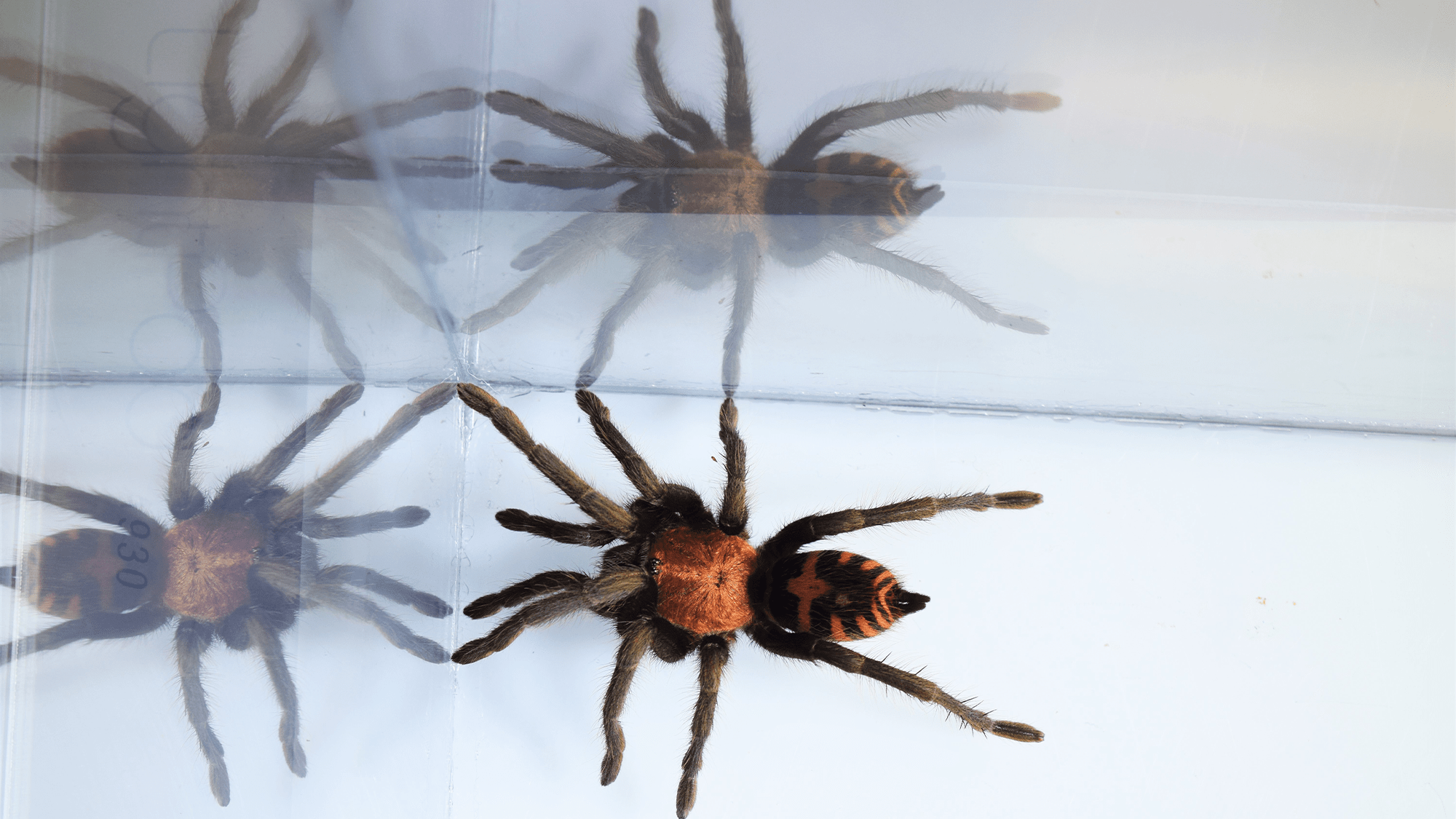Now Reading: Tarantulas Adjust Movement After Leg Loss
-
01
Tarantulas Adjust Movement After Leg Loss
Tarantulas Adjust Movement After Leg Loss

### Quick Summary
– Young Guatemalan tiger rump tarantulas (Davus pentaloris) can quickly adapt to losing limbs adn maintain their movement speed.
– Researchers from Temple University filmed spiderlings that had lost two legs and studied their walking styles.
– The spiders compensated for limb loss by alternating between different walking patterns, such as running on sets of three legs like ants or limping forward on two legs.
– over 43,000 video frames and more than 800 strides were examined with the help of physicists and mathematicians from other institutions to analyze these movements.
– When the spiders regrew their limbs, they returned to typical eight-legged movement but occasionally displayed deviations in footwork even with restored limbs.


### Indian Opinion Analysis
This study emphasizes the adaptability of organisms like tarantulas when faced with physical challenges such as limb loss-their ability to modify behavior without compromising performance is noteworthy for biological sciences. For India, this research is insightful considering growing interest in biodiversity studies tied to climate adaptation and ecological conservation efforts.These findings may inspire future investigations into indigenous spider species found across India’s varied ecosystems, particularly how arthropods adjust to environmental stressors similar to injury or habitat shifts.
Exploring parallels could provide deeper insights into resilience mechanisms relevant for conservation biology programs targeting India’s rich bio-diverse landscapes while augmenting global knowledge about animal behavior under external pressures.
[Read More](https://www.popsci.com/environment/tarantulas-run-six-legs/)


























